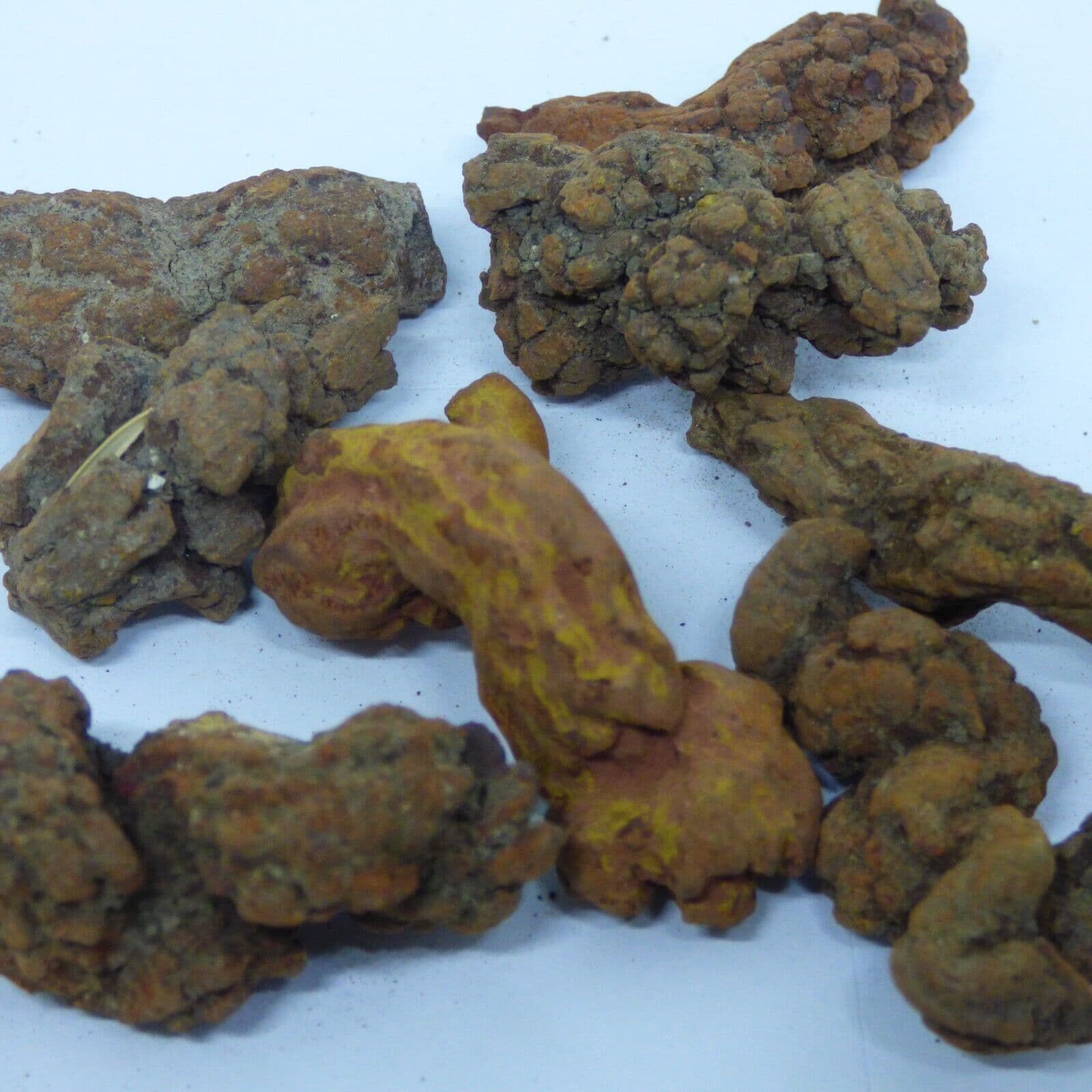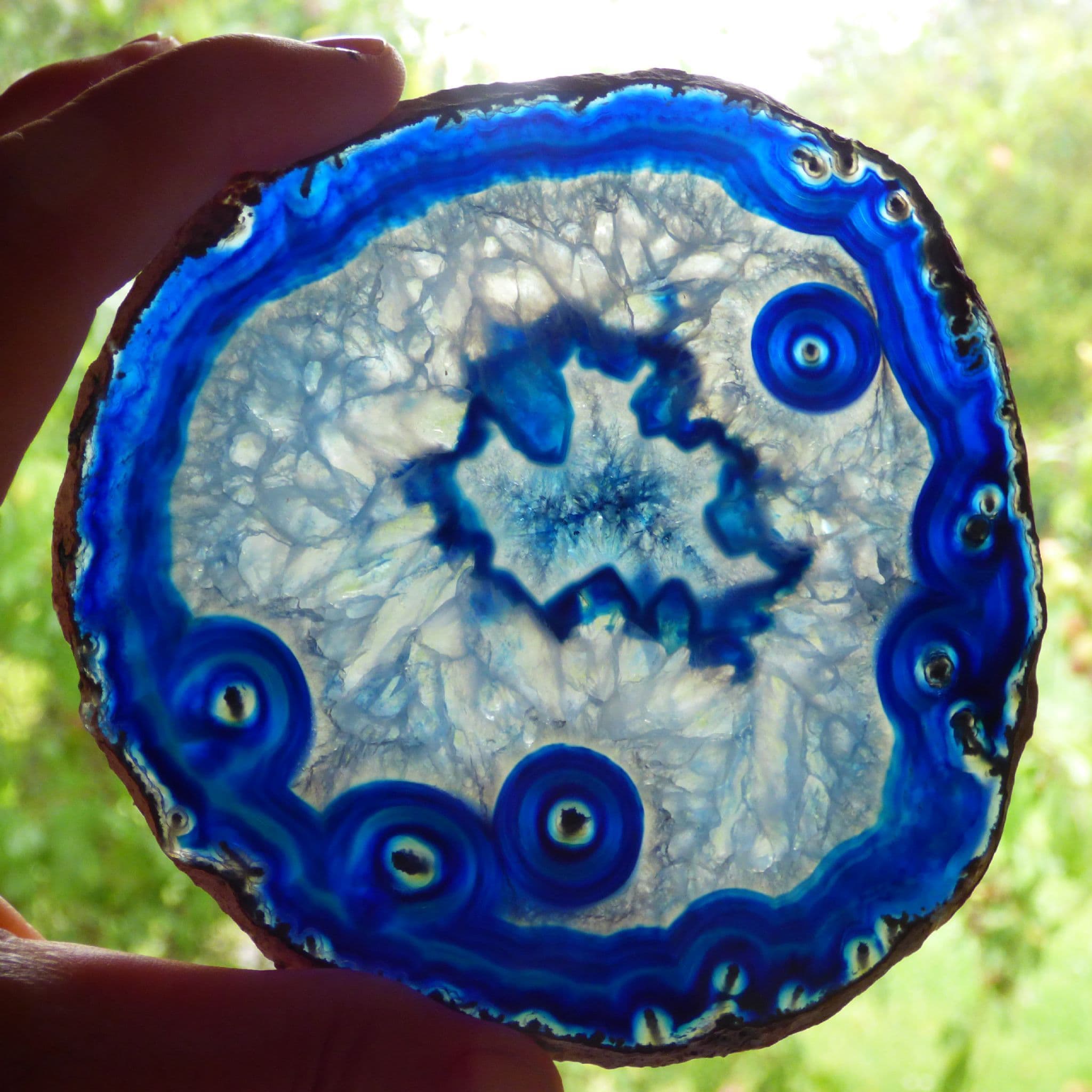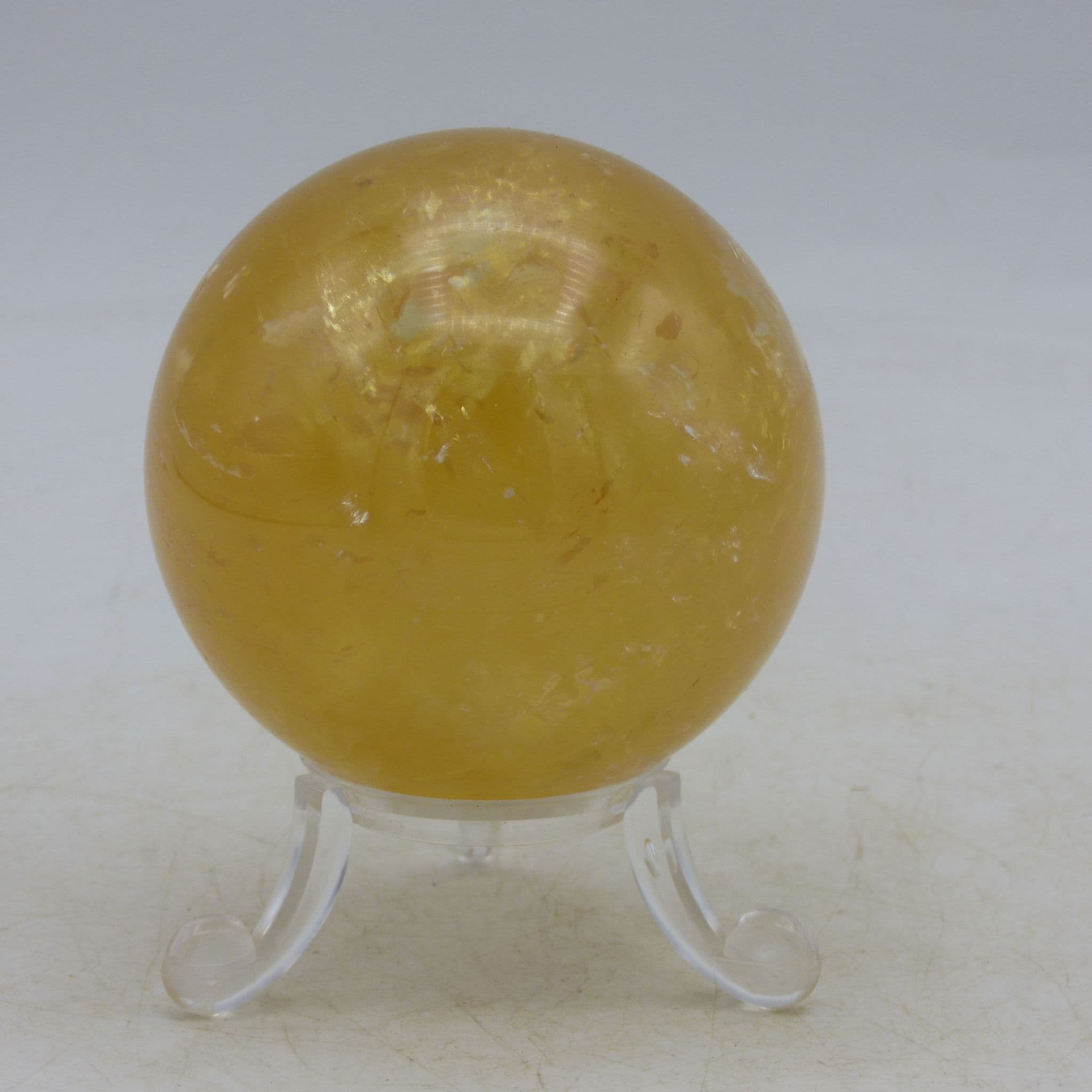Large Fossil Fish Armoured Coccosteus Cuspidatus Orkney Scotland UK
Guarantee Safe Checkout

Large Fossil Fish Armoured Coccosteus Cuspidatus Orkney Scotland UK
Large Fossil Fish Armoured Coccosteus Cuspidatus Orkney Scotland UK
Date: Devonian
Provenance Sandwick Fish bed.Tronston.Orkney.Scotland
Size: 28 x 18 cm 2.8 kg
The species Coccosteus, with its distinctive armored head, represents some of the earliest known fish. On this substantial specimen, complete body preservation is seen, unlike the usual head-only finds. The intact rock slab is about 3 cm thick. The natural colour and contrast of the fossils are stunning in person, capturing the delicate 380 million-year-old texture of the fish's armor plates. This specimen stands out for its remarkable preservation and size, easily rivalling the best examples found in museums, which often lack detail and authenticity.
During the Devonian period, a time when vertebrates were rare and trilobites abundant, these fish lived in a freshwater lake in what is now Northern Scotland. The Devonian is notable as the first era when fish appeared in the fossil record, and these species are among the earliest known fish.
Northern Scotland's Old Red Sandstone layers are one of the world's top three scientifically significant and rich deposits of Devonian fish fossils, alongside Canowindra in New South Wales and Miguasha in Quebec. The Achanarras Quarry, where these fossils were first discovered, was a source of laminated limestone used for roofing slates and is now partially flooded and inaccessible. These deposits are renowned for their exceptionally preserved "first fish."
Unlike many Devonian fish fossils from Scotland, which are often incomplete and touched up with black paint, this specimen features three-dimensional detail. Some of the scales are intact and display the characteristic diagonal pattern of this fish. This specimen is rare not only for its completeness and preservation but also for its size. The North Scotland limestone layers, part of the Old Red Sandstone Formation studied since the early 19th century, are among the world's most valuable sources of Devonian fish fossils. code 100-925










































